In a recorded conversation between Adam Burrows, a professor of Astrophysics at Princeton, and Elon Musk, Burrows is surprised by the use of stainless steel in SpaceX’s Starship. Instead of choosing “more aerospace-grade” materials like carbon fiber composites or aluminum-lithium alloys, the innovative private space industry is opting for good old stainless steel, the same material used to make saucepans.
Please follow us on Facebook and Twitter.
This conversation was reposted on the social media site X and has gone viral again, reaching over 25 million views at the time of writing this article. Elon Musk’s reason for using stainless steel for the oxygen tanks of SpaceX’s new spaceships is well thought out. A “traditional” material like steel, which was already popular when it showcased advanced technology in the Chrysler Building in New York at the start of the 20th century, may actually be better than modern carbon fiber or well-known aerospace aluminum.
Although the stainless steel used in SpaceX’s Starship is patented and protected, it looks surprisingly similar to the regular household stainless steels we see everywhere.
The Starship Rocket-Spacecraft Combination
When Elon Musk and SpaceX joined the space race, their engineers carefully considered NASA’s developments in the various versions of the Shuttle space shuttle. They examined what went wrong in past missions that caused accidents, as well as what made the manufacturing of ships and rockets more expensive. The key focus was, as has happened many times before, on the materials used.
Starship is designed as a cylindrical-shaped rocket and spacecraft combination. It aims to be a fully reusable transportation system that can carry crew and cargo to Earth orbit, the Moon, or Mars. It is likely the most powerful launch vehicle ever developed, capable of carrying up to 150 fully reusable metric tons and 250 expendable metric tons.
The Shiny Stainless Steel Hull
NASA’s shuttles resemble airplanes and rely on external fuel tanks. In contrast, Starship looks like a single rocket. This design allows for better optimization of components, such as the heat shield, which was responsible for multiple shuttle accidents, including the Columbia disaster.
One of the most striking features of Starship is its shiny stainless steel hull. Why was stainless steel chosen? It is a heavy alloy, especially compared to the carbon fiber or the very light aluminum-lithium alloys that SpaceX uses for its Falcon 9 launch vehicle.
While carbon fiber composites are lightweight and strong, they must be manufactured in autoclaves (pressure vessels) using a preform or mold woven with numerous layers, typically between 60 and 200. After the material cures inside the autoclave, its surface must be modified and painted to ensure it is completely watertight, without pores or bubbles, which can be quite challenging.
Given that Starship has a diameter of nine meters, producing it from fiber composites would require huge autoclaves. Additionally, using different modules adds even more complexity from a technological standpoint.
In contrast, stainless steel can be cold formed, which eliminates microstructural defects. It can also be welded relatively easily and polished to a shiny finish, so there’s no need for painting. While aluminum can compete with steel in terms of ease of fabrication, it is not as easy to weld.
Withstand Cryogenic Temperatures
The materials used for a rocket’s oxygen tank must withstand pressurized gases at cryogenic temperatures—below -150 °C—and must not leak. Only stainless steel can ensure this.
In addition, carbon fiber and aluminum become brittle at such low temperatures. In contrast, austenitic stainless steel performs well at these low temperatures and can handle the very high temperatures generated during re-entry to Earth. While carbon fiber and aluminum struggle, even with a heat shield, aluminum risks melting and degrading. Stainless steel, on the other hand, remains unaffected.
In terms of weight, it’s true that stainless steel has four times the density of carbon fiber composites and three times that of aluminum-lithium. However, due to its strength-to-weight ratio, stainless steel can achieve the same results with thinner sections. This makes its overall weight competitive with other materials.
When considering the pros and cons, it becomes clear that good old stainless steel is more reliable, watertight, competitive in both weight and strength, and unbeatable under the pressures and temperatures of space travel. Plus, producing stainless steel is relatively simple and cost-effective.
The Price of Steel
Manufacturing a kilogram of carbon fiber composites costs €118, while a kilogram of aluminum-lithium alloy costs €36. In comparison, a kilogram of 300-series stainless steel (austenitic) costs around €3.6.
But is this a special steel suitable for space travel?
In his conversation with Adam Burrows, Elon Musk explains that they started by testing standard, off-the-shelf 300-series steels, including austenitic types like 301 and 304 (the latter being the most commonly used stainless steel). Ultimately, they had to make a “little touch” to improve its performance, which raises the cost slightly above €3.6/kg. They patented this modified version as 30x steel, which is also used in Tesla vehicles.
Personally, I feel it’s like the secret ingredient that chefs add to enhance flavor without fundamentally changing the dish. In other words, it’s the innovative touch to the material that allows it to be patented.
Carbon fiber and aluminum-lithium are popular choices in the aerospace industry, representing the innovations of a renewing field. However, stainless steel—the same material used for railings along seafront promenades, in buildings, in football stadiums, and in various mechanical components—proves to be effective, attractive, and cost-efficient for the spaceships that will carry humans far above our planet.
In advanced engineering, a well-selected, common material can perform remarkably well. Sometimes, the simplest solutions are the most effective.





